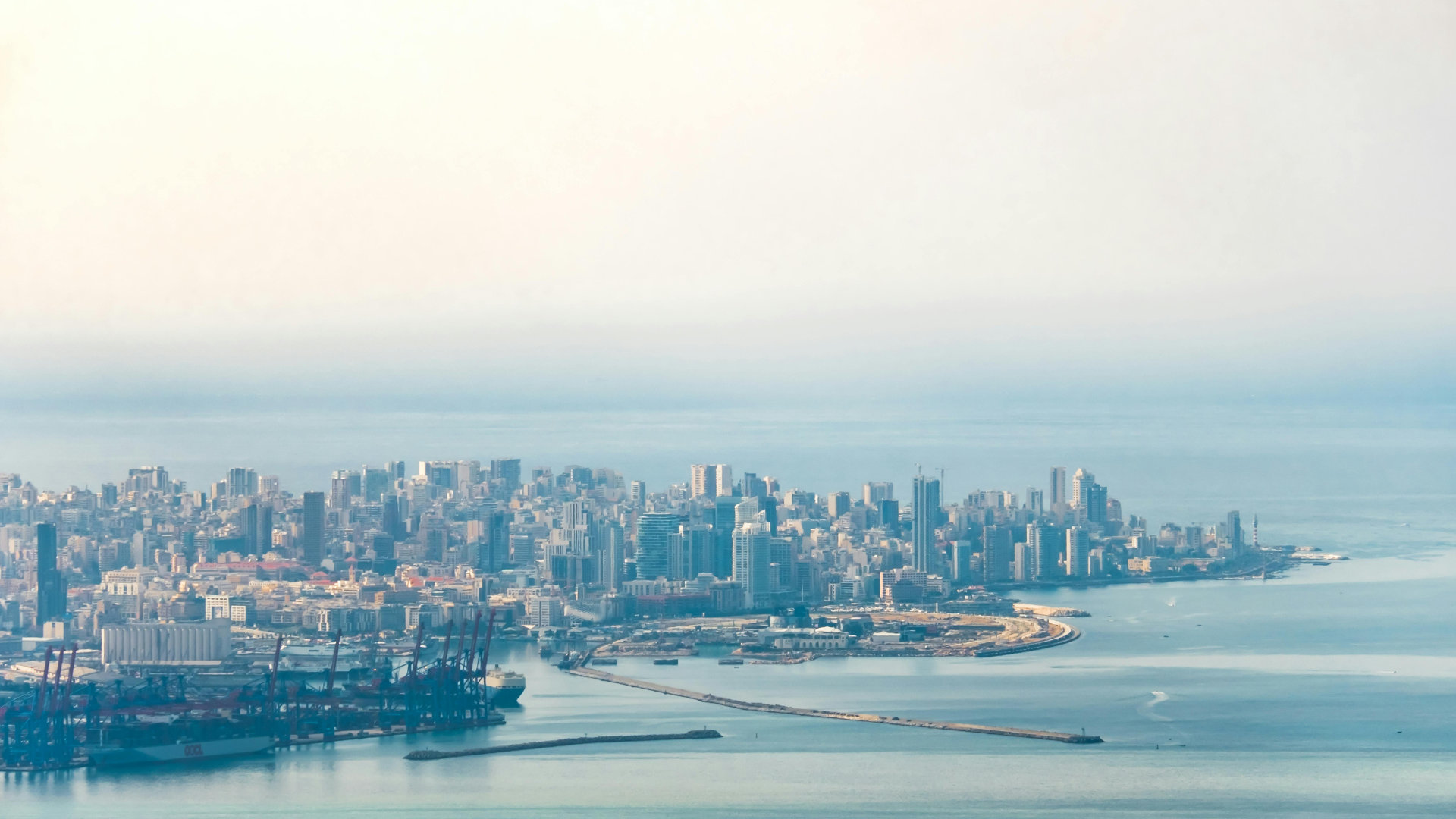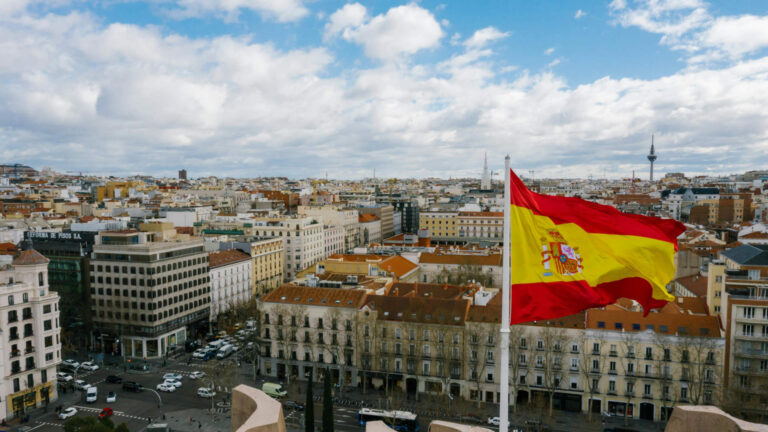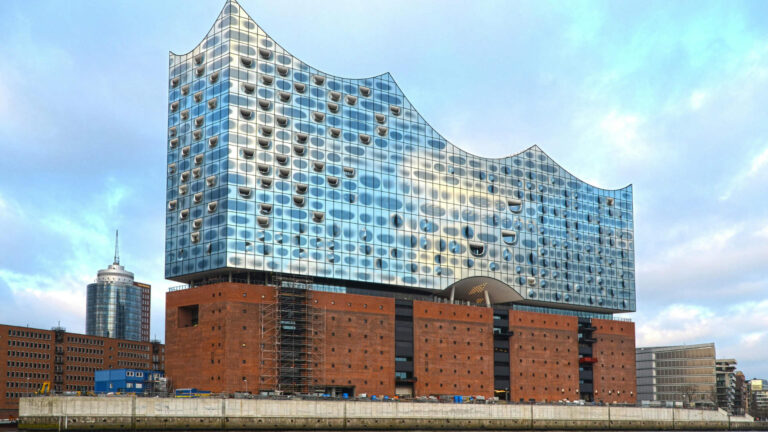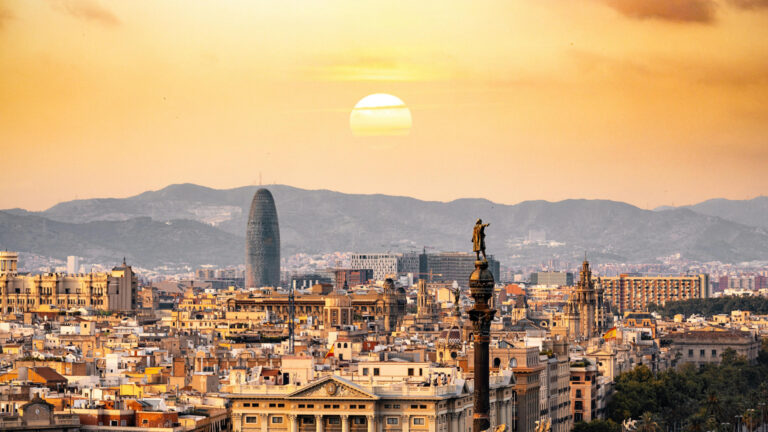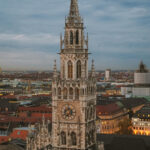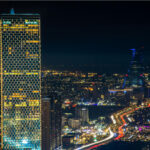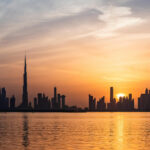Beirut welcomed me with the scent of the Mediterranean breeze mixed with the rich aroma of freshly brewed Arabic coffee. The city, stretched between the sea and the mountains, felt alive in a way that was both familiar and mysterious. As I stepped into the bustling streets, I was immediately struck by the contrasts—modern glass towers standing beside centuries-old stone buildings, the hum of traffic blending with the call to prayer, the laughter of people sitting in cafés against the backdrop of a city that had endured so much yet never lost its spirit.
My journey began in Hamra, the beating heart of Beirut’s intellectual and cultural scene. The streets were lined with bookstores, vibrant street art, and cozy cafés where groups of students, writers, and artists gathered, their conversations animated and passionate. I stopped at a small café, its air filled with the scent of cardamom-infused coffee and the distant notes of Fairuz playing from a vintage radio. I ordered a manousheh, the beloved Lebanese breakfast of warm flatbread topped with za’atar and olive oil. As I took my first bite, the earthy flavors combined with the crispness of the bread, a simple yet perfect introduction to the city’s culinary treasures.
From there, I wandered towards Downtown Beirut, where history stood in layers. The elegant Place de l’Étoile, with its French-influenced architecture, led me to the stunning Mohammad Al-Amin Mosque, its blue domes shining under the midday sun. Just steps away, the towering Saint George Maronite Cathedral stood as a testament to Beirut’s religious diversity, its walls whispering stories of resilience. Bullet holes from past conflicts still marked some of the surrounding buildings, reminders of the city’s complex past, yet life carried on around them, vibrant and unshaken.
Walking through Souk el Tayeb, Beirut’s bustling farmer’s market, I was immersed in the flavors of Lebanon. Stalls overflowed with plump olives, fresh pomegranates, and golden honey. Vendors called out in Arabic, offering samples of creamy hummus and crispy falafel. I tried a kibbeh, Lebanon’s national dish—deep-fried bulgur stuffed with seasoned minced meat and pine nuts. The richness of the flavors was balanced by a side of fresh tabbouleh, the bright notes of parsley and lemon cleansing my palate.
In the afternoon, I made my way to Raouché, where the iconic Pigeon Rocks stood proudly in the sea. The waves crashed against the massive stone formations, the salty mist mixing with the warm air. I walked along the Corniche, where families strolled, fishermen cast their lines, and old men played backgammon in the shade. The view of the vast blue stretching endlessly before me was mesmerizing, the horizon blending seamlessly into the sky. I found a small café with a terrace overlooking the sea and ordered a cup of ahwe bayda, Lebanese white coffee, made with orange blossom water instead of coffee beans. The floral aroma was soothing, a perfect accompaniment to the soft murmur of the waves below.
As the sun began to set, I headed toward Mar Mikhael, Beirut’s liveliest district when night falls. What had been a quiet neighborhood by day transformed into a vibrant scene of neon-lit bars, live music, and people spilling out onto the streets, drinks in hand. I found a small, dimly lit bar with walls covered in old vinyl records and ordered a glass of Arak, the anise-flavored spirit that was a staple of Lebanese gatherings. The first sip was strong, the licorice-like taste warming my throat, a drink meant to be shared over long conversations.
Dinner was at a hidden mezze restaurant, where small plates filled the table—baba ghanoush, grilled halloumi, warak enab (stuffed grape leaves), and shish taouk skewers, their smoky aroma making my mouth water. The flavors were bold, rich, and deeply comforting, each dish telling a story of the land and its people. The waiters moved effortlessly between tables, their trays carrying plates of knefeh, the sweet, cheesy dessert soaked in orange blossom syrup. I ordered one, savoring each bite as the cheese stretched, the crispy top giving way to its warm, melty center.
Late into the night, I found myself back on the Corniche, the lights of the city reflecting in the water. Beirut had a pulse, an energy unlike anywhere else. It was a city of contradictions—old and new, elegant and chaotic, joyful and melancholic. It carried the weight of history but refused to be defined by it. There was an undeniable warmth in its people, an openness that made you feel as if you had always belonged.
As I walked through the quiet streets, past shuttered shops and the faint echoes of music still playing in the distance, I realized that Beirut was not just a city—it was a feeling. A place where life was savored, where every meal was a celebration, where history stood side by side with hope for the future. And as I took one last look at the city lights shimmering against the dark sky, I knew that Beirut had left an imprint on me, one that I would carry long after I had left its shores.

